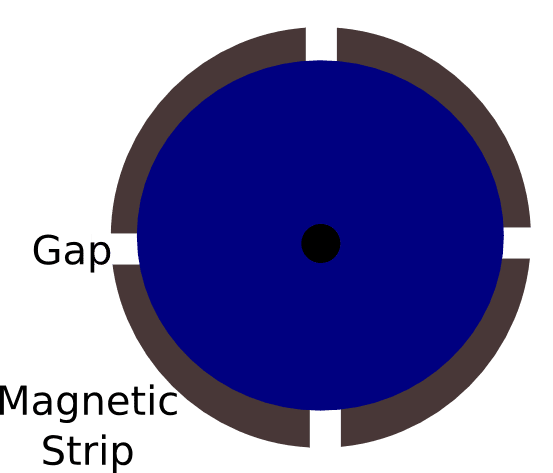Well I'm stuck. I'm frustrated with my 75e and trying to replicate a 3-LNB set-up for 83-89-97 on it, spending minimal time. And now the rainy season has come so it's becoming inadequate for reliable reception.
My Geosatpro is fixed on 123W
The single-polarity 75e known LOS is 87W to 116.8W
The 8.5-footer has an (18-inch?) actuator in a EAST-Coast mount but the rotation counter only has 4 notches at 90 degrees from each other.
So now for the question.
What would you do in this situation with a 100 bucks to "fix" it?
I'm stuck between DG-380 or Gbox V3000.
My Geosatpro is fixed on 123W
The single-polarity 75e known LOS is 87W to 116.8W
The 8.5-footer has an (18-inch?) actuator in a EAST-Coast mount but the rotation counter only has 4 notches at 90 degrees from each other.
So now for the question.
What would you do in this situation with a 100 bucks to "fix" it?
I'm stuck between DG-380 or Gbox V3000.


